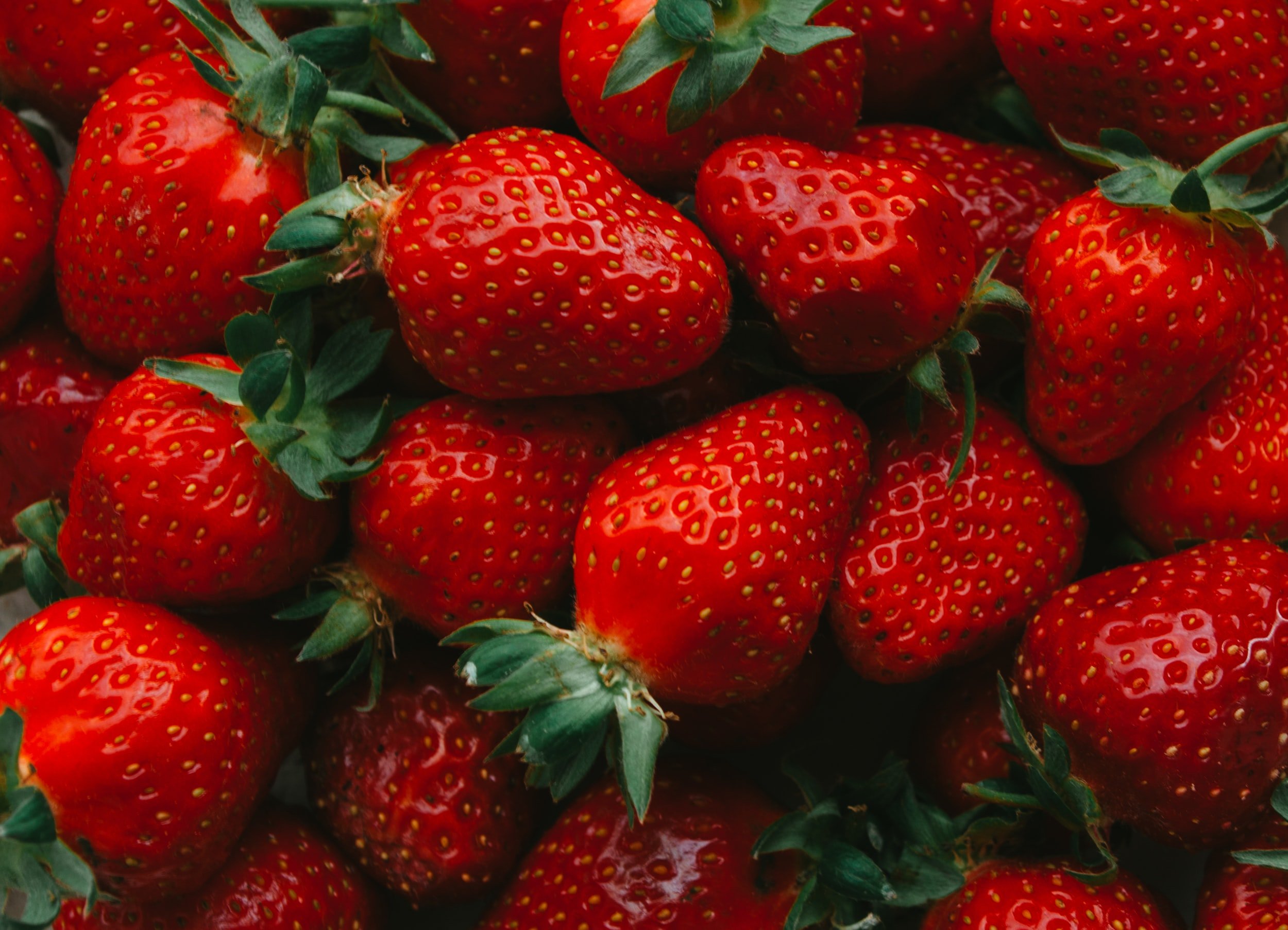Why To Always Macerate Your Strawberries
If you ever had a batch of sour strawberries and wanted a way to make them sweet. Well, maceration is the key. It is the perfect way to sweeten strawberries that aren’t as sweet or ripe as you would like them. Maceration is the breaking down and softening various substances. In food preparation, the process most often occurs when soaking fruit in sugar, alcohol, or other flavored liquids with the goals of softening and flavoring the fruit.
Science of Maceration
Maceration is the breaking and softening of various substances. When fruit is macerated, it softens and releases some of its flavor and aroma compounds through its plasmodesmata, which are small channels in the wall of a plant cell that allow molecules and substances to pass through (both in and out) as needed. This is due to osmosis which is a process in which a fluid flows through a semipermeable membrane from an area of lower concentration to one of higher concentration.
Sugar is the catalyst for the process of osmosis in maceration. Sugar is hygroscopic, meaning that it attracts and bonds with water. When you macerate with sugar, the water in the fruit is drawn out into the surrounding sugar. As water leaves the fruit, its cells lose volume, reducing the internal pressure on the fruit’s cell walls, causing the fruit to soften. The length of time for macerating fruit can vary from about 30 minutes to a couple of days depending on the thickness of the fruit’s skin. The longer they macerate, the softer the fruit will become and the more syrup will form.
How to Macerate Strawberries
Place your clean, hulled, sliced fruit into a bowl.
Sprinkle with sugar. Use 2 Tbsp of sugar per cup of fruit.
Stir in the sugar and then cover the bowl with plastic wrap and place in the refrigerator for desired time
In addition to the sugar you can add in:
Cinnamon
Citrus juice and zest
Fresh, chopped herbs such as rosemary
alcohol
Extracts like vanilla or almond
Jessica Burke Food Science Blog otium


